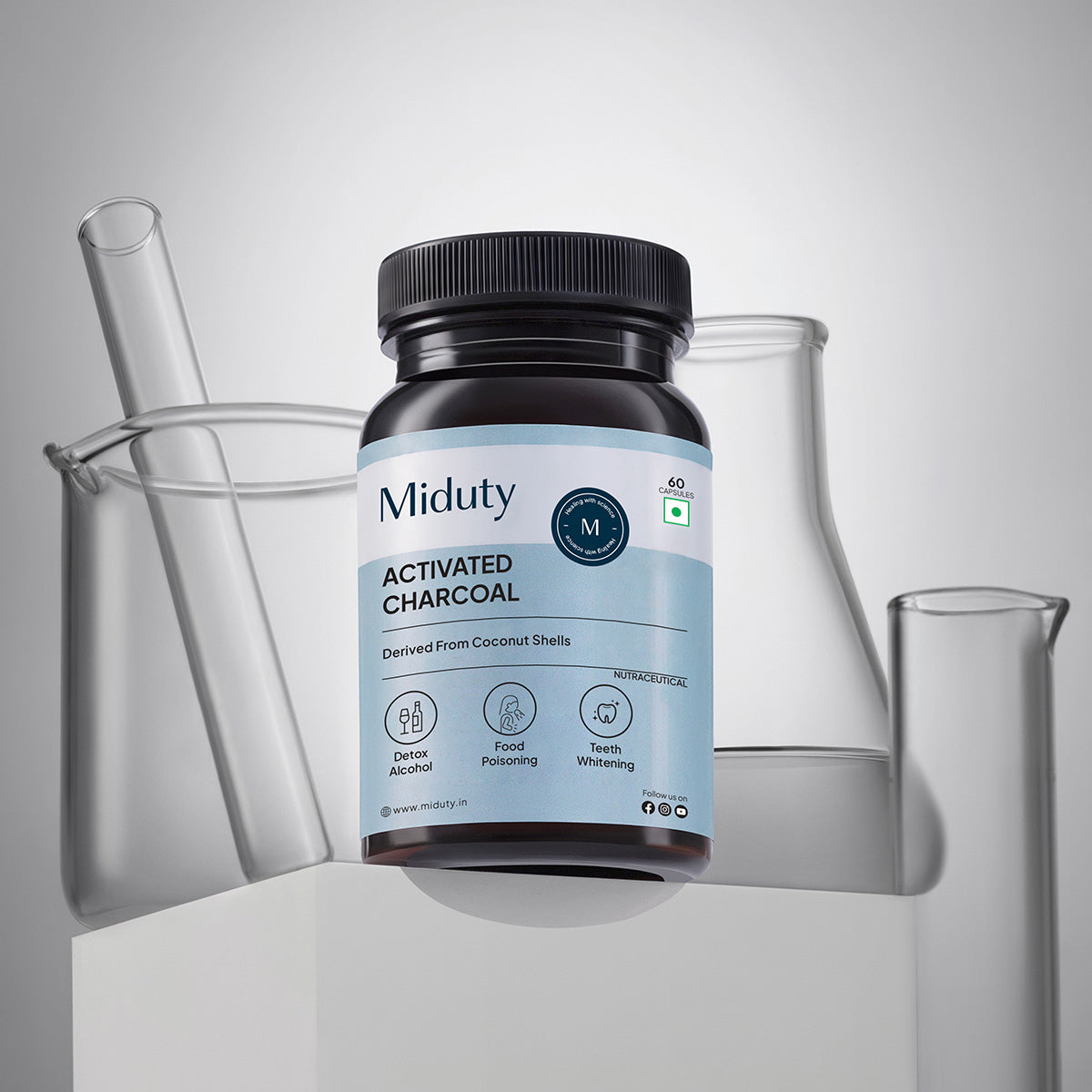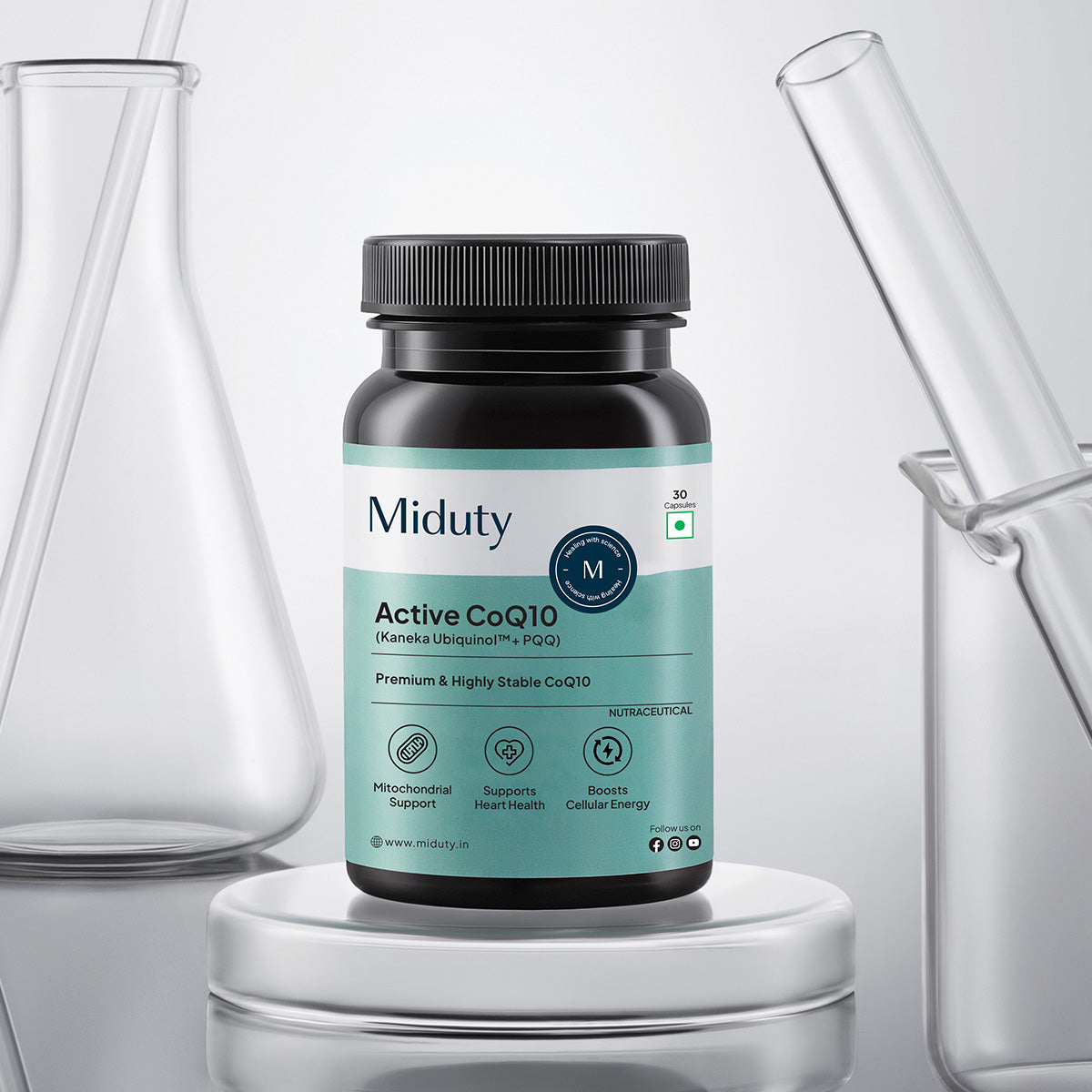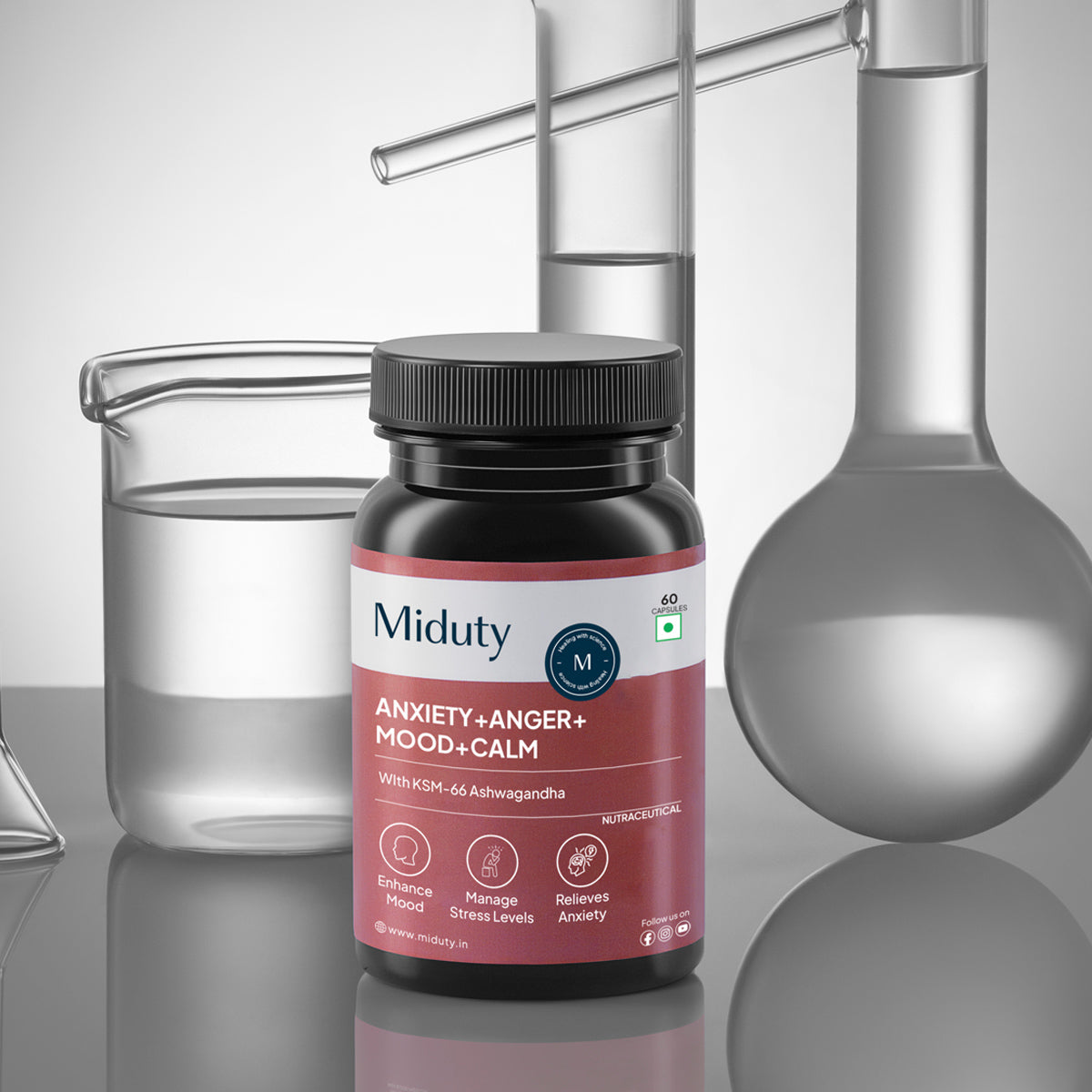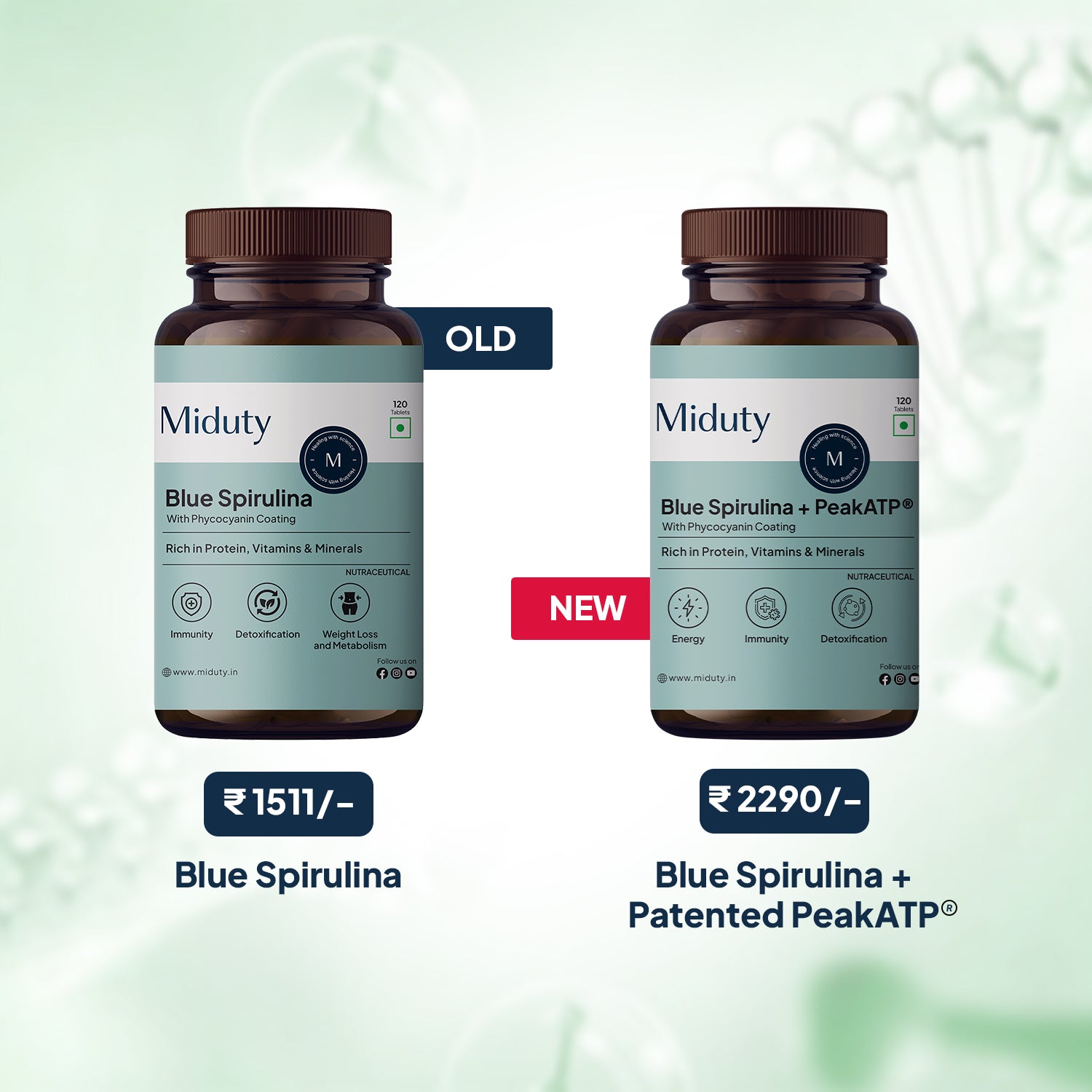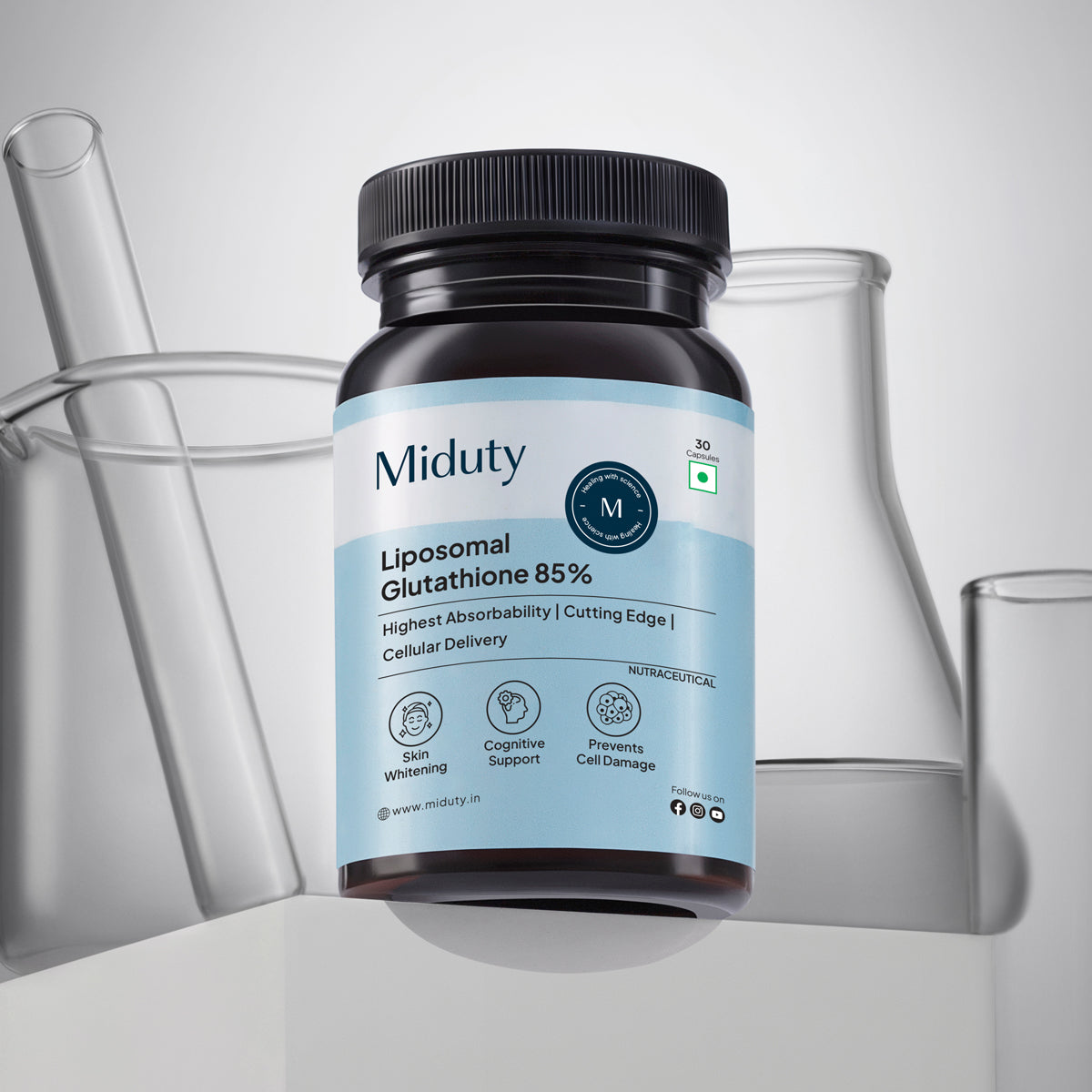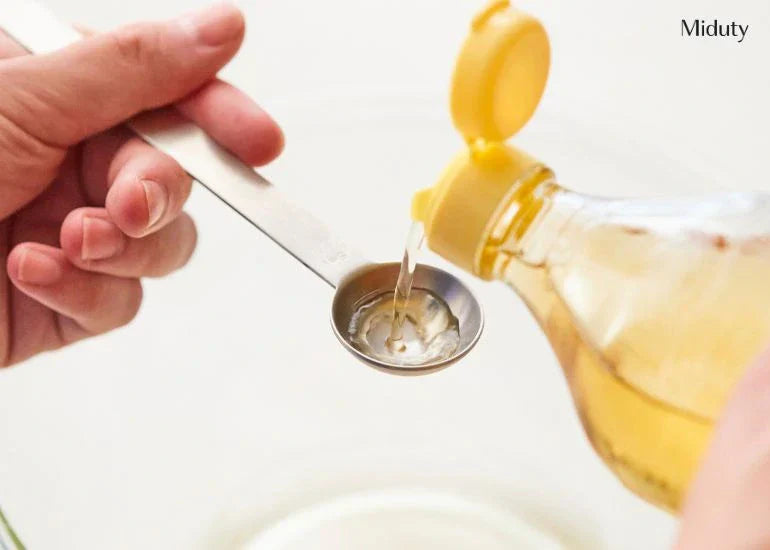
How to Do Oil Pulling: Easy Step-by-Step Guide
In the world of holistic health and natural remedies, oil pulling has become one of the most talked-about practices. Though it might seem like a new wellness trend, this ritual has its roots in Ayurveda, the ancient Indian system of medicine, where it has been practiced for thousands of years.
Oil pulling involves swishing oil in the mouth for a set amount of time to "pull" out toxins, bacteria, and impurities. Many people start oil pulling to improve their oral hygiene, but its benefits go much deeper—supporting gum health, reducing bad breath, whitening teeth, and even contributing to clearer skin and better digestion.
But here's the big question: How do you actually do oil pulling the right way?
If you're curious but unsure where to begin, this guide will walk you step by step through the process. By the end, you'll know exactly how to make oil pulling part of your daily routine and maximize its benefits.
Key Takeaways
1. Coconut oil is the best choice for oil pulling – Thanks to its mild taste, lauric acid content, and antimicrobial properties, organic cold-pressed virgin coconut oil is the most effective and preferred option.
2. The correct technique matters – Use about 1 tablespoon of oil, swish it gently (not aggressively) for 10–20 minutes, and let it pass through all areas of the mouth until it turns milky white.
3. Consistency is key for results – Practicing oil pulling daily in the morning on an empty stomach, or at least 3–4 times a week, delivers noticeable benefits for oral and overall health.
4. Avoid common mistakes – Don't swallow the oil, avoid swishing too forcefully, never skip brushing and flossing, and stay away from refined oils that lack nutrients.
5. It's a simple, holistic wellness ritual – With just a spoonful of coconut oil and a few minutes each morning, you can enjoy fresher breath, healthier gums, whiter teeth, and even added benefits for skin and digestion.
What is Oil Pulling?
Oil pulling is an ancient Ayurvedic practice that involves swishing a small amount of oil, usually coconut, sesame, or sunflower oil, in the mouth for about 10–20 minutes before spitting it out. This technique is believed to help "pull out" toxins, reduce harmful bacteria, improve oral hygiene, and promote fresher breath. By coating the teeth and gums, oil pulling may also help reduce plaque buildup, support gum health, and contribute to overall wellness as part of a holistic routine.
How to Do Oil Pulling: Step-by-Step Guide
Step 1: Choose the Right Oil
Traditionally, oils like sesame or sunflower were used for oil pulling. However, in modern times, coconut oil has become the most popular choice—and for good reason.
- It has a pleasant, mild taste compared to other oils.
- It contains lauric acid, a compound with powerful antimicrobial and anti-inflammatory properties.
- It's widely available and affordable.
For the best results, go for organic, cold-pressed, virgin coconut oil. This ensures the oil is pure, free of additives, and retains its natural nutrients.
Step 2: Measure the Right Amount
Start with about 1 tablespoon of coconut oil.
- Beginners may find this amount overwhelming, so you can start with 1 teaspoon and gradually increase as you get comfortable.
- If the oil is solid (coconut oil solidifies in cooler temperatures), just place it in your mouth—it will melt within seconds due to body heat.
Step 3: Swish the Oil Correctly
This is the most important part of oil pulling, and technique matters.
- Gently swish the oil around your mouth, pulling it through your teeth and covering all areas.
- Avoid vigorous swishing or gargling—think of it as a gentle, consistent motion.
- The goal is to allow the oil to mix with saliva and come into contact with as many surfaces of your mouth as possible.
Over time, the oil will become thinner and turn milky white as it emulsifies with saliva and traps bacteria and toxins.
Step 4: Stick to the Right Duration
Aim for 10–20 minutes of swishing.
- Less than 5 minutes may not give the oil enough time to work effectively.
- More than 20 minutes can be tiring for your jaw and unnecessary.
Pro Tip: If you're new to oil pulling, start with 5 minutes and gradually work your way up. You can even do it while showering, making breakfast, or checking emails—it's surprisingly easy to fit into your morning routine.
Step 5: Spit It Out Safely
When you're done, spit the oil out into a trash can—not the sink or toilet. Coconut oil solidifies at cooler temperatures and can clog pipes over time.
The oil at this point will be filled with toxins, bacteria, and debris, so resist the urge to swallow it.
Step 6: Rinse Your Mouth Thoroughly
After spitting out the oil:
- Rinse your mouth with warm water to remove any residue. Some people prefer using salt water for an extra cleansing effect.
- Brush your teeth as you normally would. This ensures your mouth feels fresh and clean.
Step 7: Make It a Daily Habit
For best results, consistency is key.
- Do oil pulling once a day, ideally first thing in the morning before eating or drinking anything.
- Some people choose to do it 3–4 times a week instead of daily, and still notice improvements.
Remember, like any natural wellness practice, oil pulling works best when it's done regularly and paired with good oral hygiene habits like brushing and flossing.
Tips to Maximize the Benefits of Oil Pulling
Now that you know the basics, here are a few pro tips to help you make oil pulling easier and more effective:
1. Do it on an empty stomach – Practicing oil pulling before meals ensures better detoxification and prevents nausea.
2. Start slow – If 20 minutes feels too long, begin with 5 minutes and build up gradually.
3. Add essential oils (optional) – A drop of peppermint or clove essential oil can enhance the flavor and provide extra antibacterial benefits.
4. Be consistent – Like exercise or skincare, results take time. Stick with it for at least a few weeks to see noticeable changes.
5. Combine with good habits – Oil pulling is not a substitute for brushing, flossing, or dental checkups. It works best as a complementary practice.
Common Mistakes to Avoid
While oil pulling is simple, beginners sometimes make mistakes. Here are a few things to watch out for:
1. Swallowing the oil – This reintroduces toxins into your body. Always spit it out.
2. Swishing too hard – Aggressive swishing can tire your jaw. Keep it gentle and steady.
3. Skipping oral care – Oil pulling is supportive, not a replacement for brushing and flossing.
4. Using the wrong oil – Processed or refined oils won't provide the same health benefits as virgin coconut oil.
Conclusion
Oil pulling is one of the simplest and most effective natural practices you can add to your wellness routine. All it takes is a spoonful of coconut oil and 10–20 minutes of your morning. In return, you'll enjoy fresher breath, healthier gums, whiter teeth, and even benefits that extend beyond your mouth, such as improved skin and digestion.
The secret is consistency. Think of it as a daily act of self-care—just like brushing your teeth or drinking water. With patience and regular practice, oil pulling can become a ritual that supports not only your oral health but also your overall well-being.
So tomorrow morning, before you reach for your toothbrush, grab a spoonful of coconut oil and give oil pulling a try. You might just discover that this ancient Ayurvedic practice is the modern wellness upgrade you've been looking for.
Frequently Asked Questions on How to Do Oil Pulling -
Q1 - How to do oil pulling correctly?
Swish 1 tablespoon of coconut or sesame oil in your mouth for 15–20 minutes, moving it around your teeth and gums. Spit the milky oil into a trash can, then rinse well with water and follow with your regular brushing routine.
Q2 - Do you brush your teeth before or after oil pulling?
Oil pulling is best done before brushing, ideally in the morning on an empty stomach. Swish 1 tablespoon of oil for 15–20 minutes, then spit it out, rinse with warm water, and follow with your regular brushing and flossing for maximum oral hygiene benefits.
Q3 - Can I do oil pulling daily?
Yes, oil pulling can be done daily, typically once in the morning on an empty stomach as a complement to your oral hygiene routine. However, it should not replace essential practices like brushing and flossing, and it's best to consult a dentist before starting, especially if you have existing dental issues.
Q4 - Is 5 minutes of oil pulling enough?
Starting with 5 minutes of oil pulling is a good way to ease into the practice and still gain some benefits. While 20 minutes is often recommended for best results, it can be difficult at first, so gradually increasing the time as you get comfortable is a practical approach.
Q5 - How soon will I see results from oil pulling?
Streptococcus mutans, a major cause of plaque and tooth decay, can be reduced through oil pulling. A 2016 study of 60 adults found that swishing coconut oil for 10 minutes daily significantly lowered S. mutans levels in saliva within just two weeks, compared to distilled water.
References
| Sr. No. | Reference Links |
| 1. | Effectiveness of Oil Pulling for Improving Oral Health: A Meta-Analysis |


